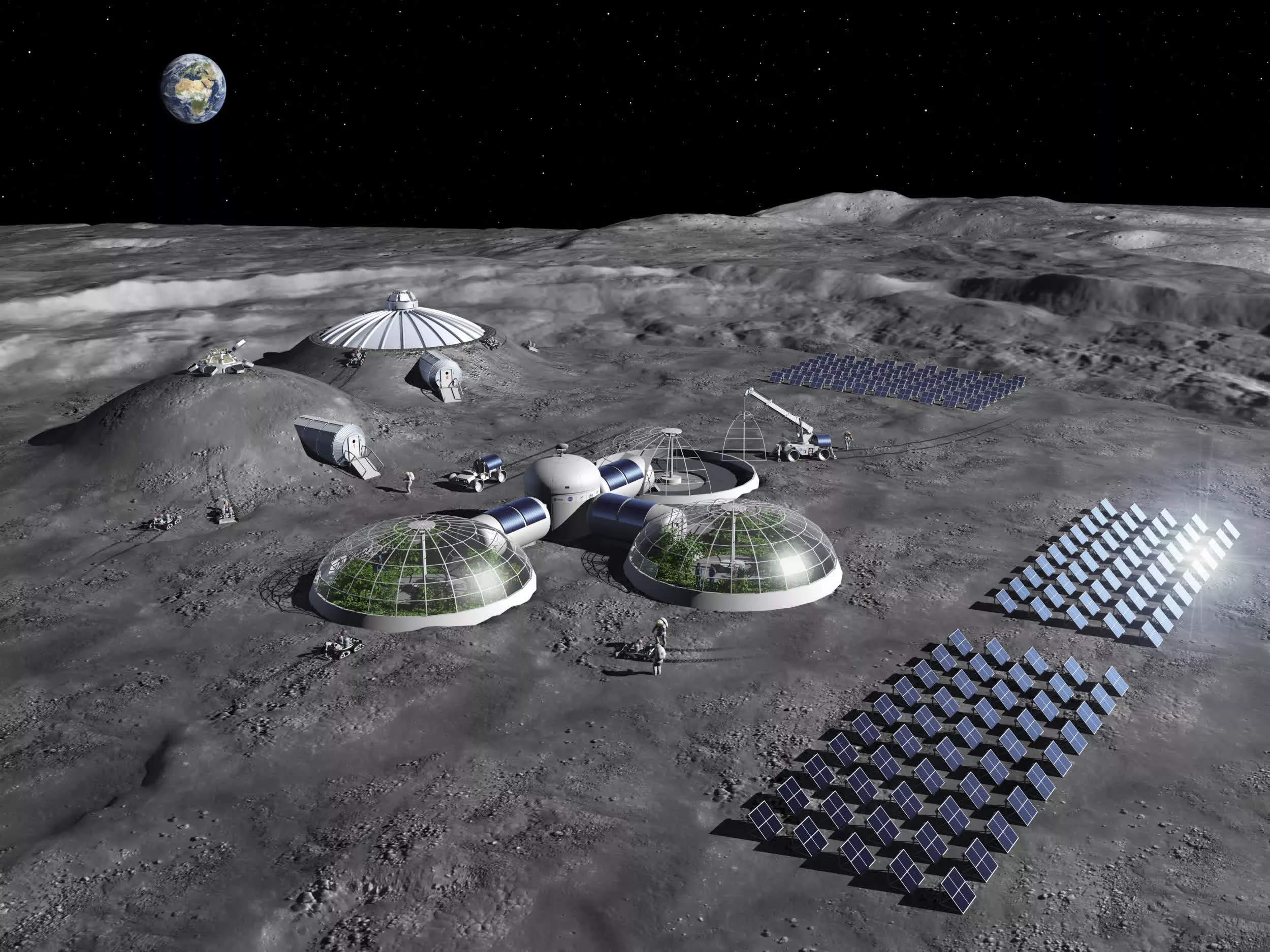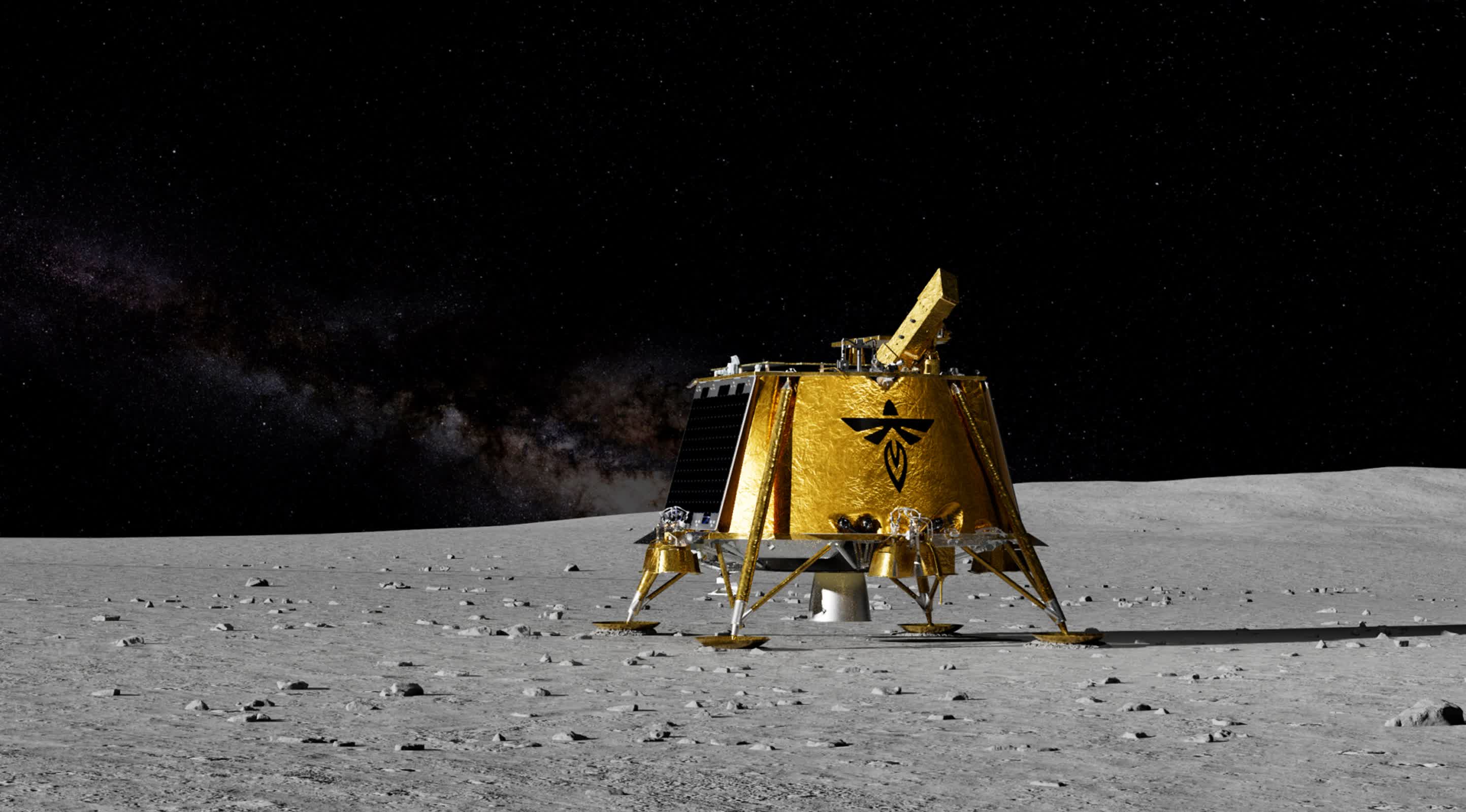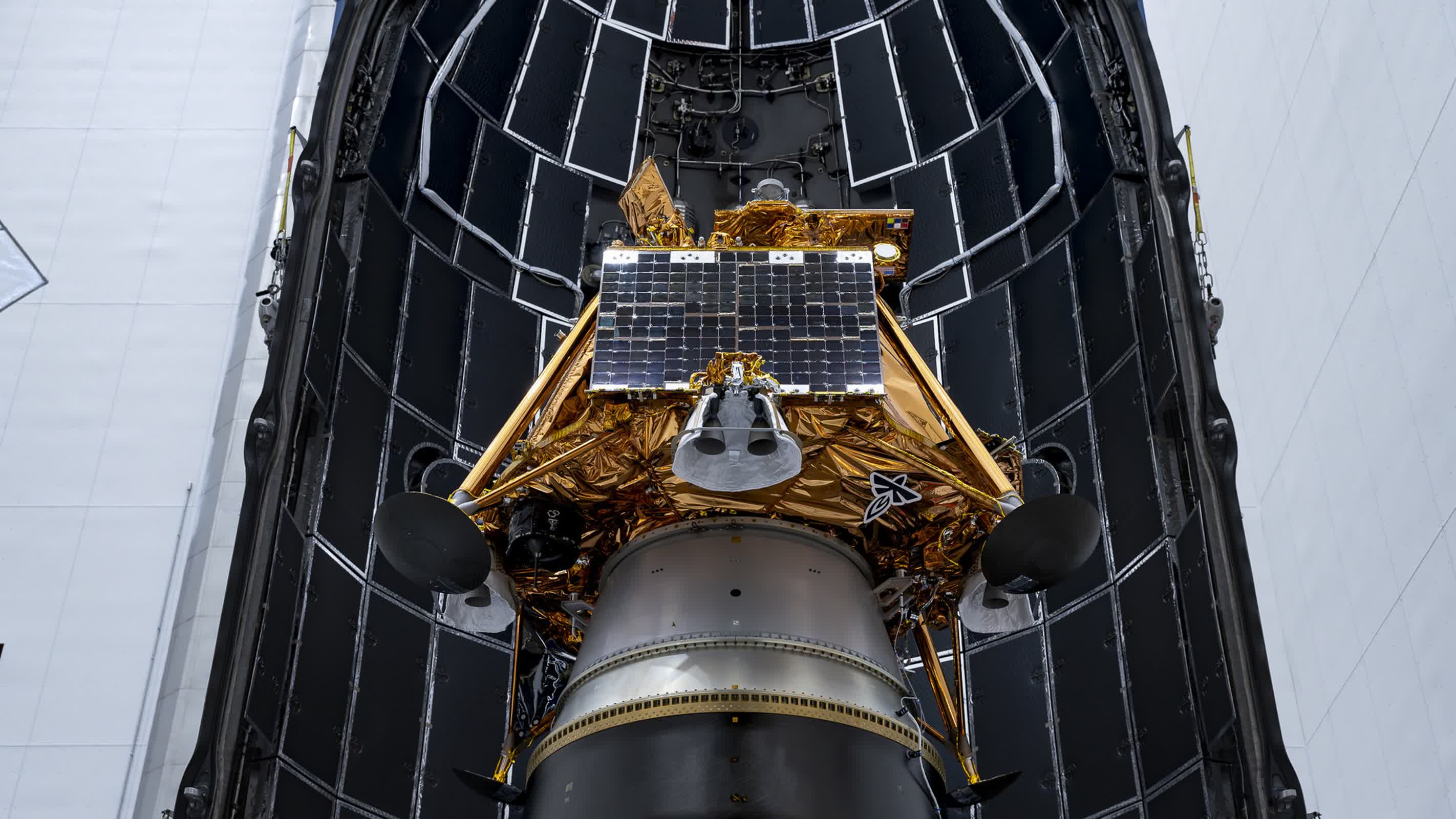Something to look forward to: The concept of a lunar economy, once confined to science fiction, is rapidly becoming a tangible reality. Nations and private companies are racing to establish a foothold on Earth's celestial neighbor to harness the moon's natural resources to construct scientific infrastructure and develop capabilities for future deep space missions.

This modern-day lunar gold rush has attracted diverse participants, from established space agencies to innovative private firms. One such company in this space race is the Texas-based firm Firefly Aerospace. On January 15, Firefly launched its Blue Ghost 1 mission, marking a significant milestone in the development of an Earth-moon delivery system.
Currently en route to the lunar surface, the Blue Ghost lander faces a series of challenging tasks. These include entering lunar orbit, executing a controlled descent to Mare Crisium in the moon's northern hemisphere, surviving extreme conditions, deploying scientific equipment, conducting environmental readings, and autonomously drilling and extraction of dust particles suspended above the lunar surface.

Firefly's mission is part of NASA's Commercial Lunar Payload Services (CLPS) initiative, which aims to use private sector innovation to solve space exploration challenges. While NASA focuses on returning astronauts to the moon through the Artemis program, private companies are tasked with developing the infrastructure for supply delivery and sample return missions.
The Blue Ghost lander carries a payload of 10 experiments, including a computer designed to measure circuit resistance to space radiation and a specialized camera for studying the phenomenon of floating regolith – the loose, broken rock and dust that covers the solid rock. Additionally, the lander will capture images of a lunar eclipse, offering a unique perspective on this celestial event.

As the lunar economy takes shape, attention is turning to the potential exploitation of lunar materials. Of particular interest is helium-3, a rare isotope with applications in nuclear fusion, quantum computing, and medical imaging. Helium-3, which is scarce on Earth, is believed to have accumulated in the moon's regolith due to solar winds. Companies like Interlune are planning lunar mining missions that will be targeting helium-3 extraction specifically.
Beyond helium-3, researchers are exploring the use of lunar minerals and water to produce oxygen and hydrogen for rocket propellant. These initiatives could pave the way for sustained human presence on the moon, potentially leading to the development of lunar infrastructure such as roads, railroads, and even concrete structures.

As missions like Blue Ghost pave the way for future lunar exploration and resource utilization, the once-distant concept of a lunar economy is rapidly materializing. In the coming years, images of landers entering lunar orbit and establishing delivery systems in space are expected to become commonplace, heralding a new era of space exploration and economic activity beyond Earth's atmosphere.
The new space race: building a sustainable economy on the moon